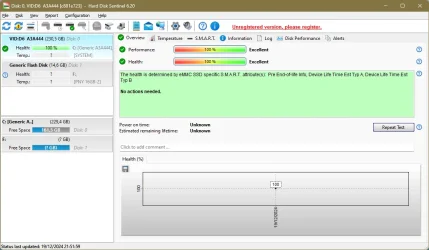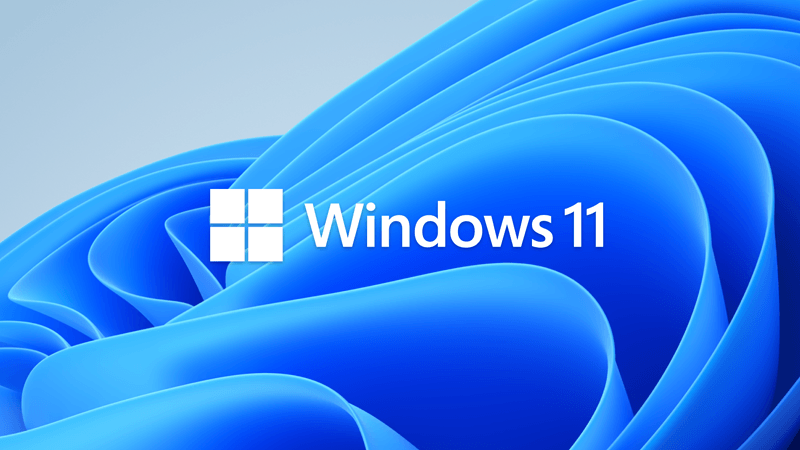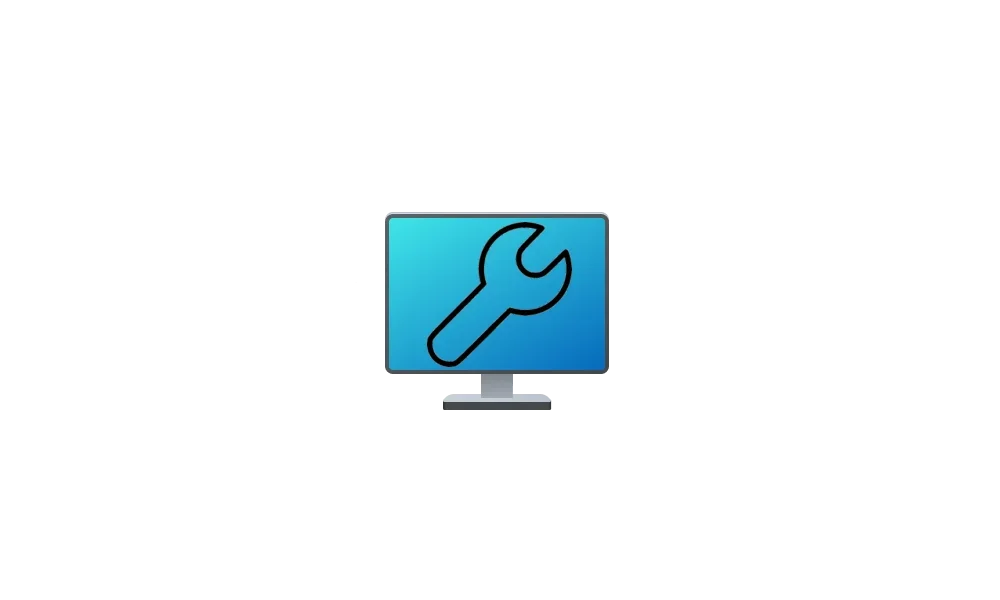I'm working w/o hurrying in the latter advices, I'm doing progresses.
-------------------------------
In this thread's OP I said I had possibly deleted, accidentally, crucial info or logs to see what had happened in a previous attempt that had failed apparently with the same pattern. This time, I had saved the C:\$WINDOWS.~BT folder generated in case it's relevant. Following this article
How to Fix "What Needs Your Attention" Windows 10 Setup Errors I've found... exactly the same as described in the article!!!! The article shows an example where these two things were to blame:
Microsoft Print To PDF
Microsoft XPS Document Writer
(copy-pasted from the article) ...and following the same method (locating lines with 'BlockMigration="True"' in a given section of the latter CompatData_<date>_<time>_<hexCode>.xml produced in C:\$WINDOWS.~BT\Sources\Panther (*) , and following the involved *.inf file(s) clue in C:\Windows\INF ), in my case it's:
Microsoft Print To PDF
Microsoft XPS Document Writer
(copy-pasted from my *.inf files; in the article the involved files are oem80.inf and oem81.inf , in my case they're oem86.inf and oem87.inf , but this difference doesn't look significant)
(*): two things: the article's file names include "_3" between <time> and <hexCode> that isn't in my file names, and the "discrepant" lines in both cases (the article's file and my file) don't only differ from the others in 'BlockMigration="True"' (instead of False in the others), but also in 'HasSignedBinaries="False"' (instead of True in the others), a difference that I consider more relevant given the nature of this (although imo 24H2 or any other OS update or OS shouldn't care about this: an OS is like a road, vehicles with flaws might have problems but the road shouldn't be designed to autodestroy itself if such a vehicle uses it, the problems should be treated individually for each vehicle; 23H2 is working fine with these and other "flaws", what's the problem then???? ).
-------------------------------
Does anyone have experience with this? Regardless of difficulties in other areas like my security app (that was badly installed at best), does this method point to actual culprits? (I mean, let's suppose I've never ever touched a dubious hw or sw in my entire life, does this technique identify two actual causes of failure that will impede any attempt until I fix precisely them, no matter how much "clean" and 24H2-ist is the rest of my system?)
So I know at least two systems where these two precise items have caused difficulties/impossibility to update. The article doesn't even mention Windows 11, it's about Windows 10 but we all know they have a lot in common. Are these items "well known" (to say it some way) in making OS updates fail?













